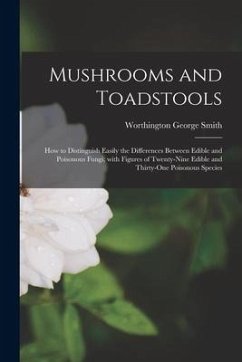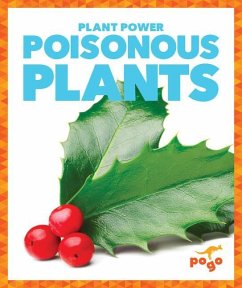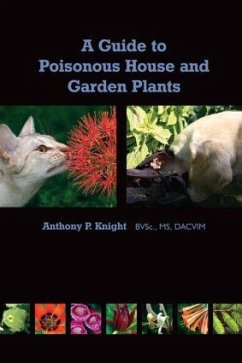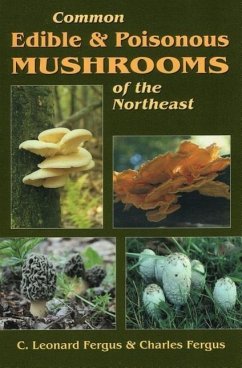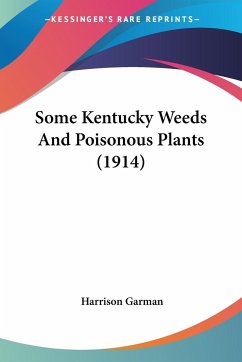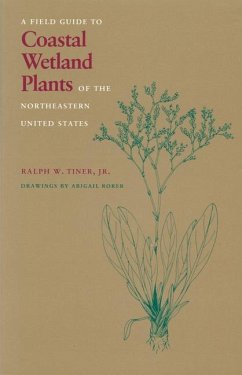Nicht lieferbar
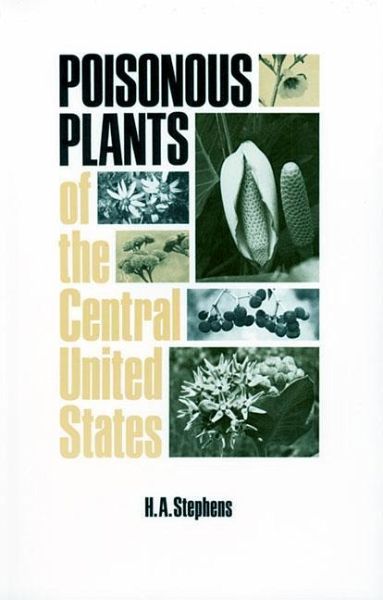
Poisonous Plants of the Central United States
Versandkostenfrei!
Nicht lieferbar
This illustrated handbook provides detailed descriptions of approximately 300 poisonous plants--including garden vegetables, flowers, and house plants--found in the central portion of the United States. It is the only book to describe the symptoms of poisoning in both humans and farm animals. The information given for each species includes its scientific name, common name, and family name; its physical characteristics--roots, stems, leaves, flowers, fruit, and seeds; its habitat and range of distribution; and--set apart for easy reference--its toxic principle and the symptoms of poisoning. Inc...
This illustrated handbook provides detailed descriptions of approximately 300 poisonous plants--including garden vegetables, flowers, and house plants--found in the central portion of the United States. It is the only book to describe the symptoms of poisoning in both humans and farm animals. The information given for each species includes its scientific name, common name, and family name; its physical characteristics--roots, stems, leaves, flowers, fruit, and seeds; its habitat and range of distribution; and--set apart for easy reference--its toxic principle and the symptoms of poisoning. Included are plants that cause chemical poisoning, photosensitization, and the various forms of dermatitis and hay fever, as well as those that cause mechanical injury. Over 500 photographs--all but a handful taken of living specimens in the field by the author--aid in identification. Following the descriptions is a table of the plants found in the central states that are known to be poisonous. Designed specifically for use by the layman, this guide will help the general reader become aware of the poisonous plants around him. It will be of considerable practical value to parents of small children, home gardeners, field sportsmen, leaders of outdoor youth groups, doctors, nurses, and veterinarians, and it will be a significant aid to the rancher and farmer in identifying plants that may be harmful to, or cause the death of, livestock. Although written specifically for the central states, it can be used in other regions as well: many of the plants discussed are found throughout the country.




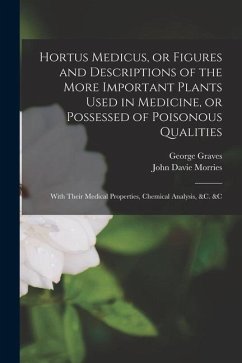
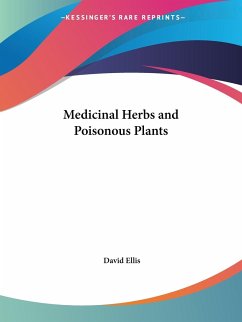
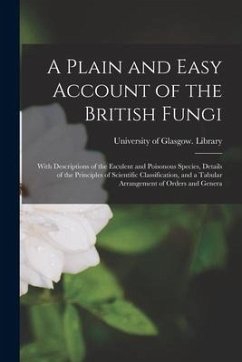
![Principal Poisonous Plants of Canada [microform] Cover Principal Poisonous Plants of Canada [microform]](https://bilder.buecher.de/produkte/66/66160/66160373n.jpg)
